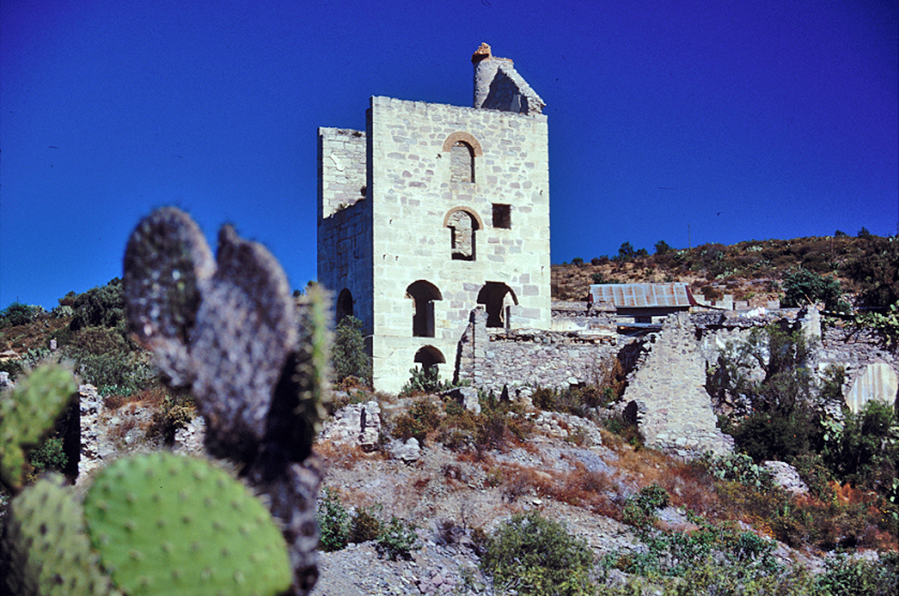Cornish Mining in Mexico
Balweyth Kernewek yn Meksiko
The mines of Latin America were amongst the first to attract Cornish miners overseas in the early 19th century. Latin America had started recruiting from Cornwall by the 1820s and continued to do so right up until the 1930s.
Latin America’s recognition of Cornish miners as world leaders in the industry not only allowed them to revive their own derelict mines, but also paved the way for the Cornish to export their technology and labour globally.
The rise and fall of Mexico's mining industry
Mexico has a long history of mining that dates back almost 500 years. During this time its industry flourished, primarily in silver production, but also in gold, mercury and copper. However, by the early 19th century Mexico’s mines lay in ruins in the wake of civil war. In contrast, Cornwall’s mining industry was thriving and the development of its mining technology meant it had become world-renowned.
At this time, Mexico considered the mining industry to be the cornerstone of economic success and looked to Britain to provide the capital, technology and skilled labour to revive its once great industry.
Real del Monte
The region of Real del Monte (also known as Mineral del Monte) near Pachuca boasted many rich silver mines. These were sold to the British backed Real del Monte Mining Company following the devastation caused by Mexico’s War of Independence from Spain. By the 1830s a large Cornish community had established itself in Real del Monte, the majority of these migrants coming from Camborne and Redruth. During this time many of the defining characteristics of Cornwall’s 19th century mining influence emerged. Notably, the system of home pay (or remittances), which was to be so important to the Cornish economy at the end of the 19th century, was established in Latin America.
Cousin Jack’s legacy
Cornish settlers also had a profound effect on the culture of the State of Hidalgo in Mexico, which is still apparent in Pachuca and Real del Monte today.
There are hints of Cornish presence in the architecture in Real del Monte, with the extensive use of pitched roofs, formerly unknown in Mexico. There are also two distinctively Cornish engine houses near Pachuca (named El Corteza and San Pedro) and two more at Real del Monte (Dolores and Acosta). These indicate something of the influence the steam technology of Cornwall had at the time. The Cornish also introduced a number of leisure activities to Mexico, including traditional Cornish hymn singing and Cornish wrestling, although these never reached the popularity they did further north in the United States.
Mexican wave
It was Cornish miners who introduced football to Mexico. The country’s first football club – Pachuca Athletic Club – originally comprised exclusively of Cornish mine workers. The Mexican League of Association Football was established in 1902. The first championship was played that same year and in the 1904-1905 tournament it was El Pachuca that won first place. To this day the city of Pachuca still prides itself as being the home of Mexican football.
Little Cornwall
Cornish miners also introduced the Cornish Pasty to Mexico. Versions of the dish made with chilli peppers, known as pastes, are still considered a local specialty in the State of Hidalgo. The area of Pachuca and Real del Monte is now being marketed as Mexico's 'Little Cornwall'.
